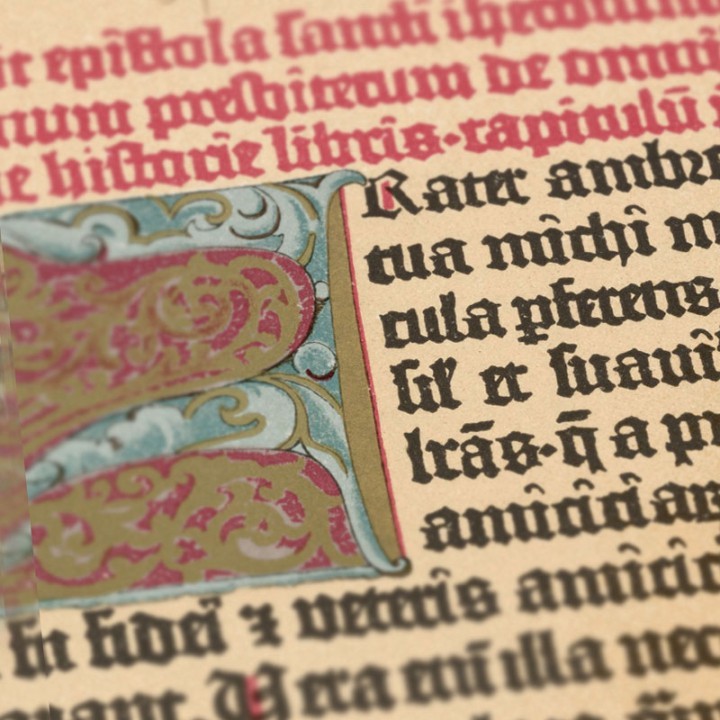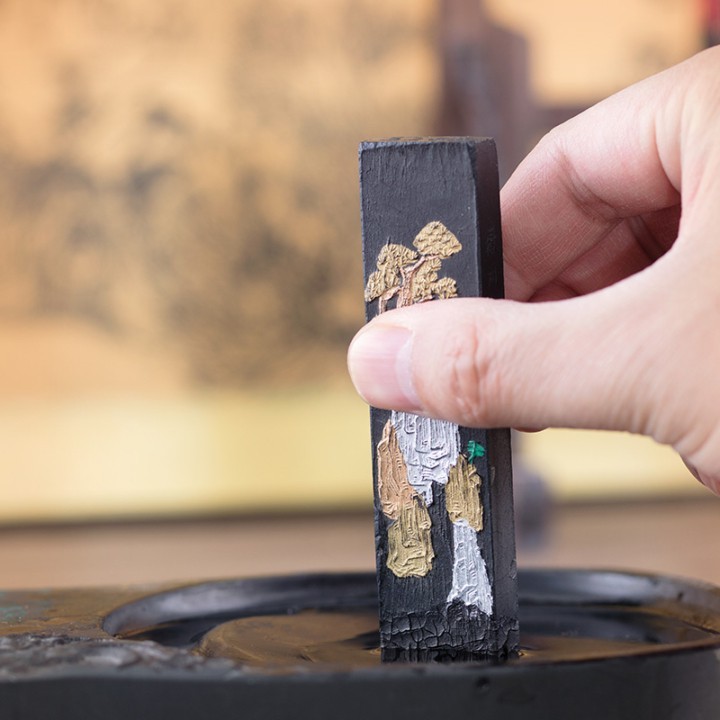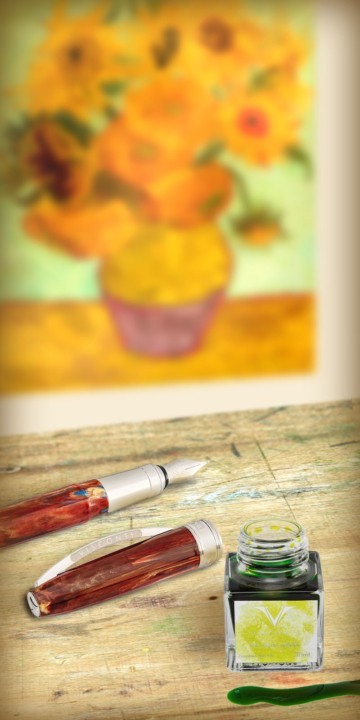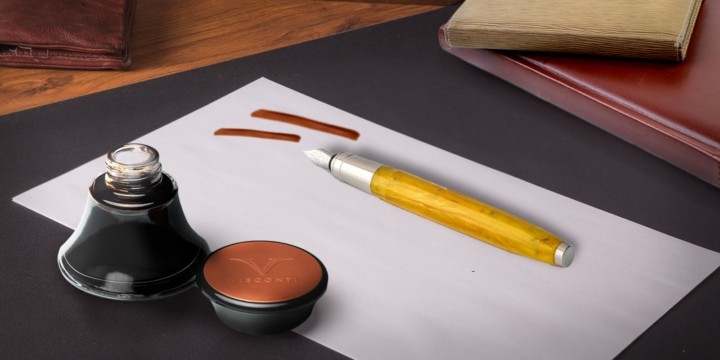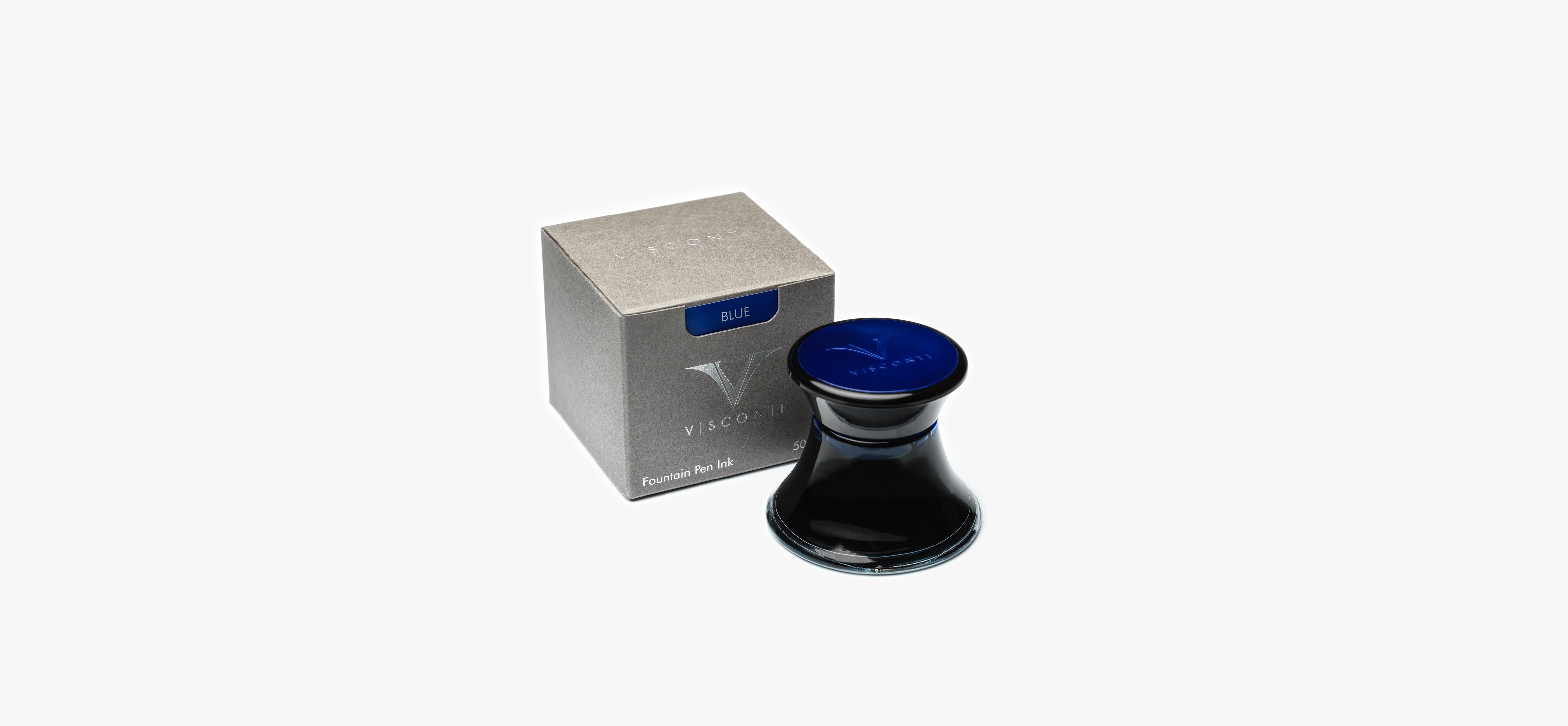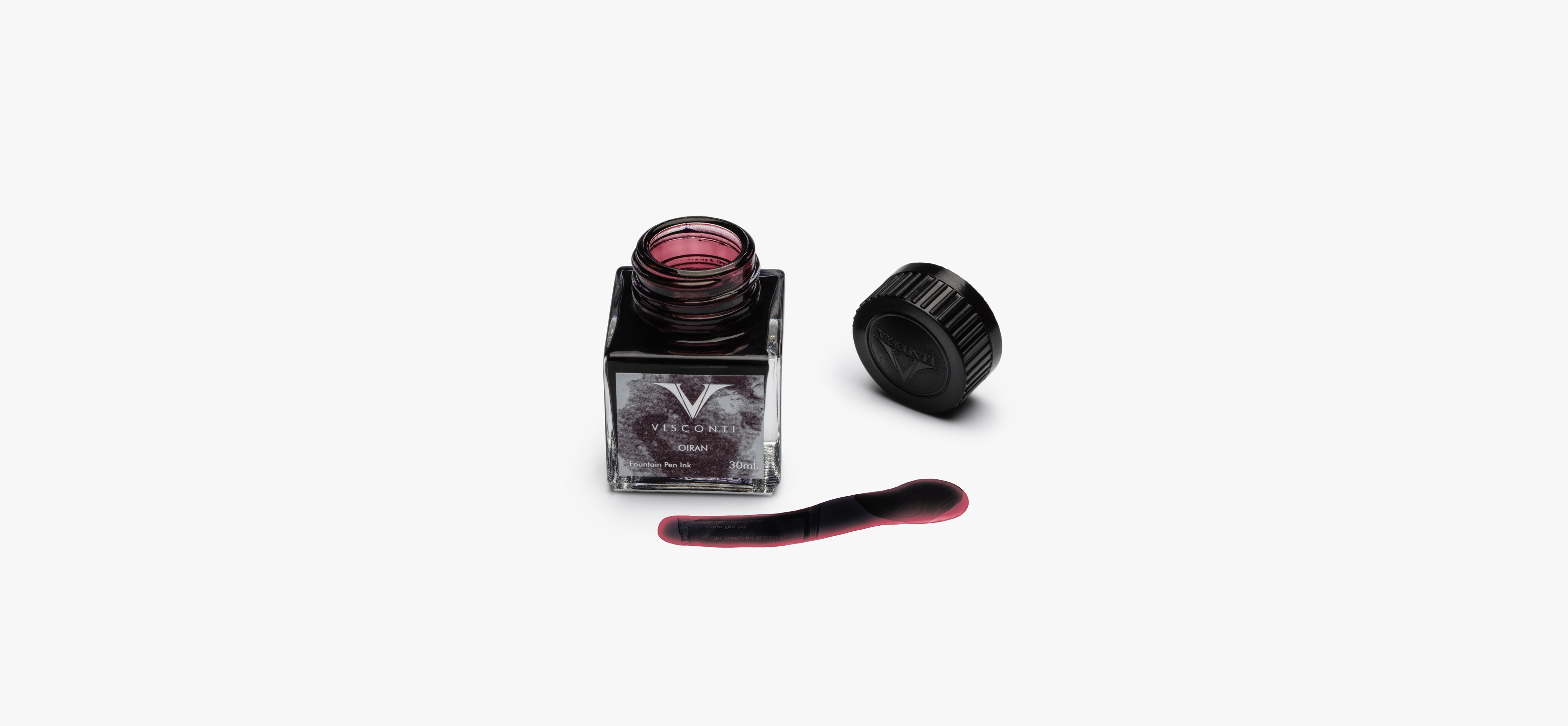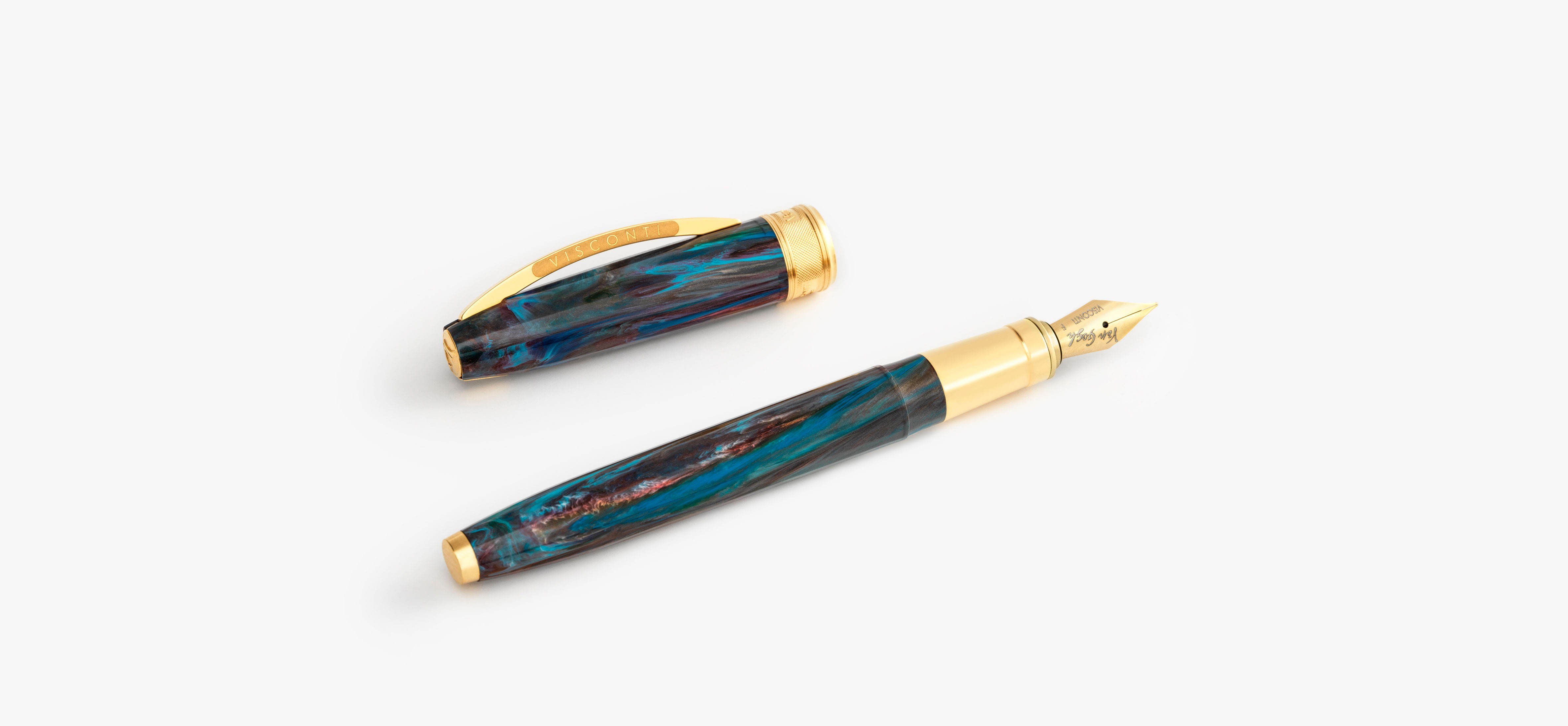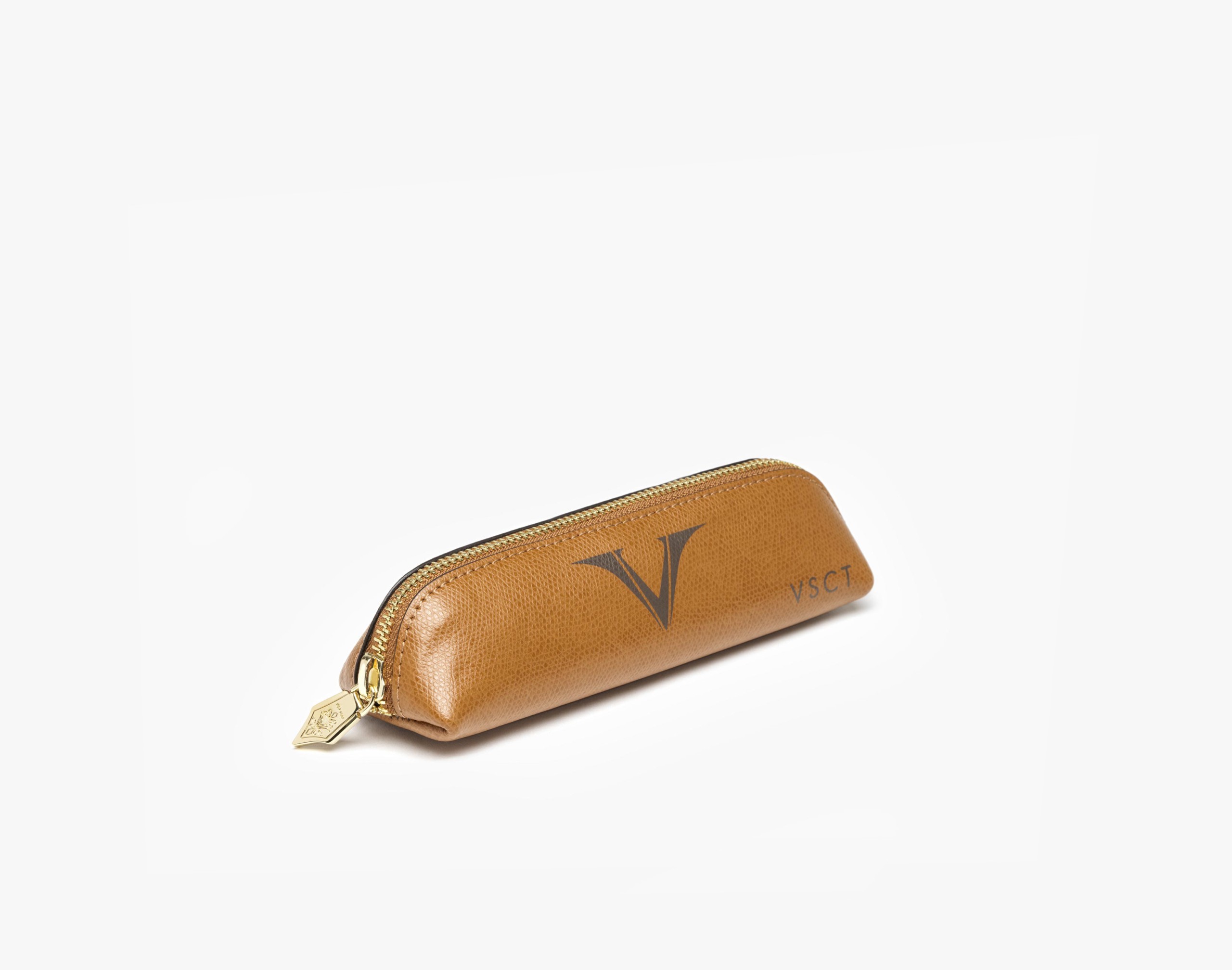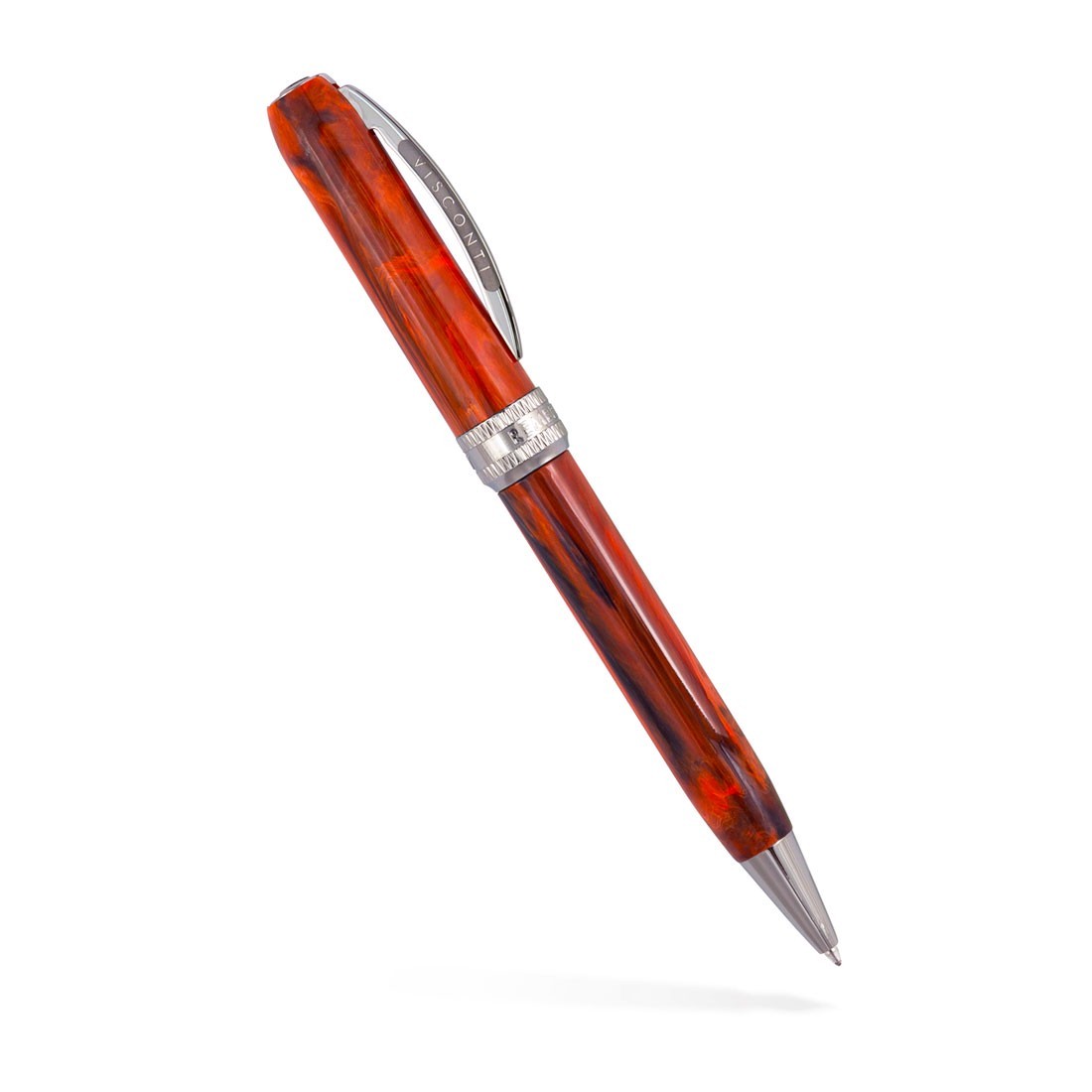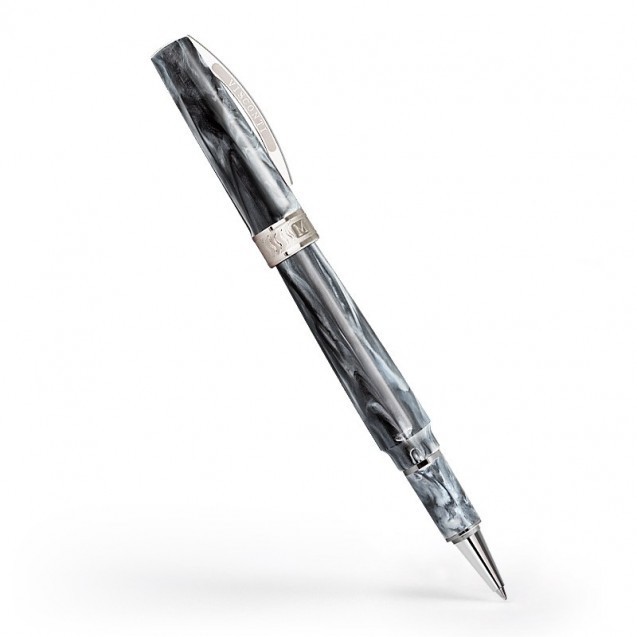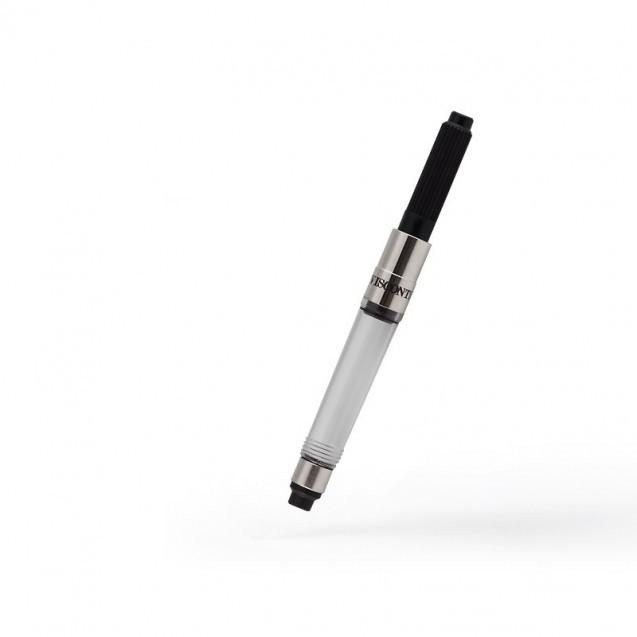Writing has brought communication, the transmission of culture between generations, and the spread of knowledge worldwide; however, none of this would have been possible without ink. This fundamental yet often overlooked product that fills the reservoir of our pens and printer cartridges boasts ancient origins.
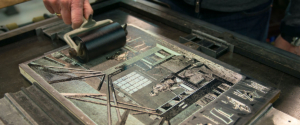
The origin of ink
Ash and water were the first ingredients that launched the history of ink and writing some 4000 years ago. Lamp black was prepared by capturing the smoke generated by the combustion of a wood fire and plant and animal remains in a container. The solid product of combustion, carbon, was mixed with water to create a dark liquid that could be used to trace signs and images.
The history of ink, however, is marked by a significant development from the East around 400 A.D: the birth of Indian ink. The Chinese Wei-Tang had the idea to develop a device for burning wood under a funnel to channel the soot into a circumscribed space and then mix it with vegetable and animal-origin glues. The result was a malleable substance that could be molded into stick-shaped tools to write, basically the ancestors of pencils. This ink began to be exported to the West under the name Indian ink (even though it came from China) and soon became very popular for its excellent properties compared to the inks used in Europe.
Sepia ink was another type of ink that was widespread in antiquity. This black-brown material was made from the secretions of the cuttlefish and other cephalopods that normally secrete ink to defend themselves from predators.
Ink in the Middle Ages
The Middle Ages was undoubtedly the era in which the production of documents, illuminated manuscripts, and geographical maps flourished. All the dedication and meticulous work of amanuensis monks was possible thanks to the introduction of iron gall ink, which quickly became indispensable for the elaboration of documents. The name derives from the ingredients that form the basis of its preparation, namely galls – typical tannin-containing excrescences found on the bark of trees – ferrous sulfate and gum arabic, used as a thickener. This ink penetrates deep into the parchment, becoming virtually indelible once dried in the open air. Being water-based, however, the first problems arose with movable type printing as the ink did not deposit well on the metal plates, so much so that Johannes Gutenberg resorted to adding oils to make the substance more viscous. Despite this, iron gall ink continued to be the most widely used for centuries until it was gradually abandoned in the early 19th century. The acidic substances inside the ink tended to corrode the newly released and quickly spreading metal nibs.
Around the middle of the 19th century, a flurry of innovative inks were invented, such as alizarin ink and, later, tar dye inks. Still, these innovations only anticipated further developments in the years to come that led to the use of highly sophisticated inks, which have survived to the present day.
Ink and inkwells by Visconti
At Visconti, we love to connect the ancient tradition of using ink with modern and performant inks. Because we understand the importance of always being able to refill your fountain pen, we have designed a refined glass inkwell available in six elegant colors: blue, black, red, sepia, turquoise, and green. The new inkwell guarantees an even refill each time, thanks to its internal cylinder designed to collect only the amount of ink strictly necessary, thus avoiding waste. The cap of the inkwell, which matches the color of the ink, is made of Bakelite, a highly heat-resistant material that will preserve the properties of the ink.
For an even more intense explosion of colors, choose the Van Gogh ink bottles, a line that pays tribute to the Dutch painter’s great passion for colors and combines perfectly with our Van Gogh fountain pens. Just as the fountain pens pick up on the shades of some of the famous artist’s most beautiful masterpieces, the ink in each bottle also matches the predominant color of each painting. Trigger your imagination with the intense orange of Café Terrace at Night, the burgundy of Oiran, the black of Old vineyard with Peasant Woman, the violet of Orchard in Blossom, the ochre of Sunflower, the olive green of The Novel Reader, the turquoise of Portrait, the red of Red Vineyard, the pink of Souvenir de Mauve, the blue of Starry Night, the forest green of Wheatfield under Thunderclouds and the sky blue of Wheatfield with crows. The bottles come in a 30 ml format and feature a handy Bakelite cap to protect the ink.


